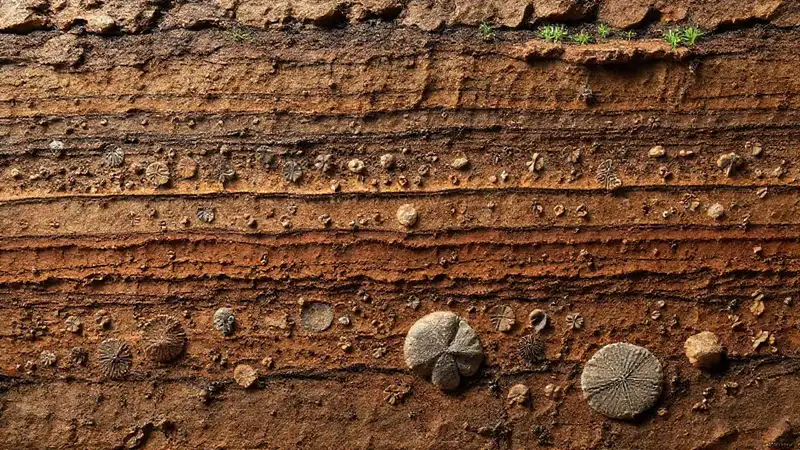Paleontology is a fascinating field that relies heavily on indirect evidence. While fossil bones offer glimpses into the past, they represent only a small fraction of the prehistoric life that once existed. Understanding the broader context of these fossils – specifically, the environmental conditions that shaped their evolution and distribution – requires a different approach. Analyzing sedimentary layers, particularly soil profiles (paleosols), provides crucial clues. These deposits, formed over millennia, contain a wealth of information about temperature, moisture levels, vegetation, and even the types of organisms living at the time. By carefully examining the characteristics of these ancient soils, researchers can reconstruct past climates and gain a more complete picture of the world in which dinosaurs thrived. Ultimately, this detailed reconstruction informs our understanding of dinosaur evolution and the pressures they faced.
The Formation of Paleosols
The creation of a paleosol is a complex process, intrinsically linked to environmental factors. Typically, they form when the surface soil becomes waterlogged and anoxic, inhibiting decomposition. This leads to the accumulation of organic matter, creating a distinct horizon – often darker and richer in nutrients than the surrounding sediments. The presence of specific minerals, such as clay minerals, can also indicate past moisture conditions. Furthermore, paleosols can be formed in response to shifts in climate, including periods of drought or increased rainfall. The layer’s composition is often vastly different from the surrounding, undisturbed soils – providing a clear signal of a significant change in the local environment, offering insight into dinosaur distribution.
Identifying Climatic Indicators
Several specific features within a paleosol can be used to determine past climate. The presence of mottles – small, distinct layers within a paleosol – is frequently associated with alternating wet and dry periods. The thickness of the paleosol itself is also an important indicator; thicker paleosols generally represent longer periods of reduced biological activity, potentially linked to cooler or drier climates. The mineral composition – notably the abundance of iron and manganese oxides – can reveal information about oxidation-reduction potential, reflecting the availability of oxygen and thus influencing weathering patterns. Analysis of these subtle features provides a powerful tool for dating and interpreting the paleoclimate records preserved in the geological strata.
Dinosaur Phylogeny and Paleoclimate Correlation

As we reconstruct past climates, we can begin to correlate these environmental conditions with the evolutionary history of dinosaurs. Paleosols deposited during periods of widespread aridity, for example, might be associated with the evolution of drought-resistant dinosaur lineages. Conversely, areas with consistently high humidity could have favored the diversification of large herbivorous dinosaurs reliant on abundant vegetation. By linking dinosaur fossils found in specific paleosols to specific environmental parameters, we begin to build a more nuanced understanding of how climatic change drove dinosaur evolution – demonstrating a clear connection between environmental pressures and adaptive traits.
Analyzing Organic Matter and Vegetation
The type and quantity of organic matter preserved within a paleosol can also provide valuable insights. The presence of fossilized plant remains – pollen, seeds, or leaves – allows researchers to determine the types of vegetation that were present in the past. Changes in the ratio of different types of organic matter can reveal shifts in the plant community’s composition over time. Furthermore, the abundance of biomarkers – chemical compounds derived from organic material – can offer detailed information about the specific plants that thrived in that environment. Combining this botanical data with paleosol characteristics creates a richer and more detailed picture of past ecosystems and the dinosaurs that inhabited them, painting a more complete picture of their biology.
Conclusion
The study of soil profiles – paleosols – offers a remarkably powerful method for reconstructing past climates and understanding the environmental context of dinosaur evolution. By meticulously analyzing these deposits, researchers have begun to reveal a dynamic interplay between climate change, vegetation, and the evolutionary trajectory of these magnificent creatures. It’s a testament to the fact that paleontology is not simply about finding bones; it's about reconstructing entire ecosystems and piecing together the complex story of life on Earth. This multi-faceted approach is vital for continuously refining our understanding of dinosaur diversification and their adaptation to a constantly changing world.
Do you want me to modify or elaborate on any particular section?





Deja una respuesta